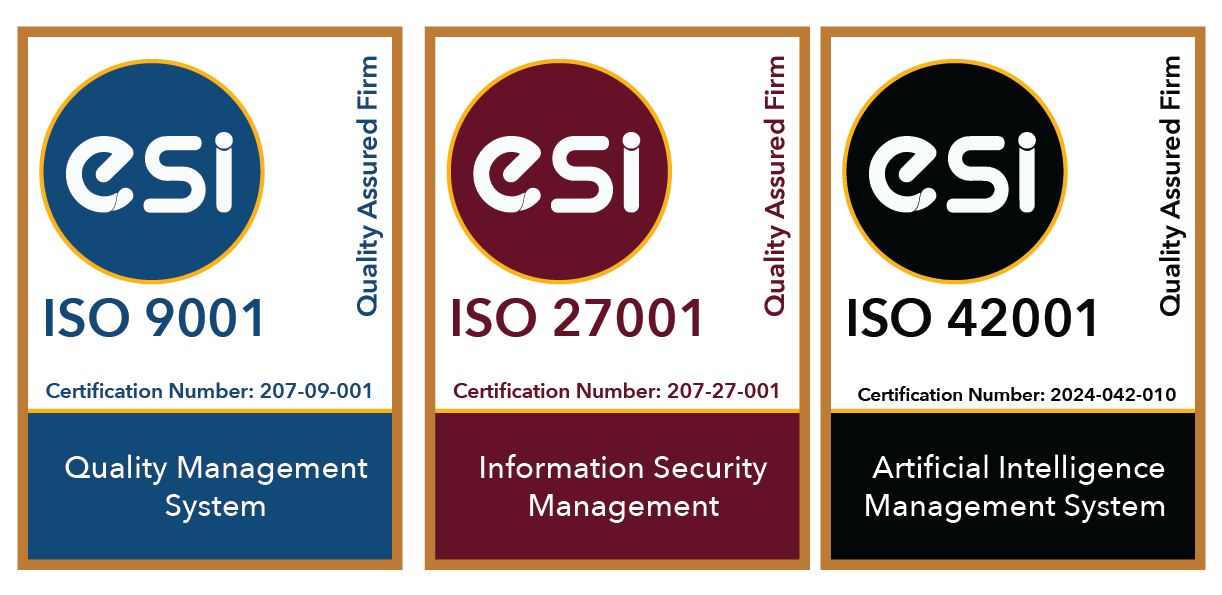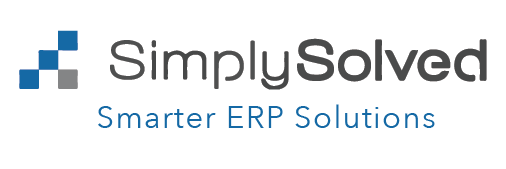Change Management In ERP Projects – Ignore At Your Risk
August 31, 2021 / Haroon Juma / Software Blogs

ERP projects are designed to transform your business’ operational efficiency and a key factor is the acceptance of new systems and processes in your people. Any new operational or business change naturally creates resistance to adopt new procedures or fear in your people who feel uncomfortable or threatened with change. These forces working against the project are a major element of risk and will lead to project failures.
Therefore, change management must be a central consideration in your business project to increase organizational acceptance and probability of success. Often change management is confused with employee training. It is more than training. In this blog, we discuss the key factors you should consider in properly managing change to transform your ERP’s probability of success.
What is Change Management?
The Association of Change Management Professionals defines change management as “the practice of applying a structured approach to transition an organization from a current state to a future state to achieve expected benefits.”
In practice, this means the organizational leaders and their teams must do everything necessary to enable employees to accept new procedures or systems and reduce resistance to changes such as restructuring. So, what strategies can be adopted to manage change?
1. Prioritize change management
Build a change management approach into your project from the start, it will not just happen. Ensure sufficient resource and time is allocated to structure and include in your project.
The larger the change, the greater the interdependencies that need to be planned and controlled to minimize risks. Any misstep can be costly. Over 55% of ERP projects reported being over budget, and two-thirds realized less than half of their anticipated benefits, according to Info-Tech Research Group research.
2. Secure leadership buy-in.
Management must be engaged and proactive in acting as champions of change when rolling out a new ERP. Employees are more likely to take the project seriously if it is seen as a major goal by senior management.
Often ERP project leadership comes from IT and top management is absent on an ongoing basis. This promotes the perception of the project as an IT initiative which leads to more resistance. This ongoing senior leadership engagement will also help to align resistant operational leaders.
Operational management must feel there is attention and focus from the top to support change down the ranks. This sense of change must permeate across the organization and in managing this management should also recognize users are thinking “how will I benefit?”. Therefore, the message to change to all employees must address this core expectation.
3. Do not avoid employee fears and concerns
“Familiarity is comforting even when it doesn’t work well.” Employees often feel they are experts in the current system even if it requires workarounds they control. A new system requires implementing new processes with new interfaces and functionality.
For any busy user, spending time learning a new system they may feel is less useful is a challenging sell. These concerns need to be accepted and must be dealt with. The project team must understand how employees currently operate the system and what new changes the new ERP system will entail.
Only then they can truly tailor the message to sell the benefits to users to accept the system and how it will improve their jobs. Employees require persuasion in addition to a direction for change to be effected well. Taking this approach demonstrates some emotional intelligence in “listening” to employees and softening resistance to adopting new working practices and systems.
4. Learn From Successes and Failures
Every organization has its own distinctive culture and change management strategies vary with business goals and cultures.
You should assess the organization’s strengths and weaknesses in terms of how it adapts to change.
History provides some useful indicators of how the change will need to be managed. Ask yourself what changes have been made and what were the results? What worked and what could have worked better? How did leaders and employees behave and react to situations? What can be applied from the past to help reduce risks and help deliver better?
By pausing to assess this history and applying the lessons of success and failure, your project has a better chance of succeeding with the least risk of cost and time overruns.
5. Tailor Communications
Seek to take best practice communications, meetings, and project protocols. However, of key importance is to tailor this to the project and organizational context. As a result, your change management program becomes appropriate and effective taking into account culture, the scale of change, and the degree of potential organizational resistance.
6. Define A Change Roadmap
Change in organizations does not follow a straight line. Nevertheless, a framework or roadmap can be a useful compass to set clearer expectations and goals to drive and monitor progress.
Any change roadmap should include the following:
- Stakeholder analysis and power influence matrix. Ensure that all stakeholders are engaged and plot their relative power and influence. Adopt different strategies for different groups
- Baseline analysis. Document your current state of operations, and inefficiencies and engage your employees in this discussion. Consulting with them will onboard their ideas and show empathy to their issues
- Set a target operating model. Be clear and document how things will work and improve after implementation. Also, consider how you build in adaptability in case of improvements.
- Conduct regular reviews. Managing change is an organic process. You may need to adapt your strategy and approach at key project milestones.
- Maintain Adaptability. Use the change impact assessment from the reviews to modify or add to training, communications, and any required policy changes.
Your project should take a considered and appropriate approach to recognizing barriers to organizational acceptance. Change management is an essential part of your project considerations and by incorporating necessary and appropriate steps, your ERP project has a higher likelihood of success.
About SimplySolved
At SimplySolved, we deliver the domain and the technical skills to deliver solutions specific to your E-commerce and business workflow needs to automate your business. Through our ISO 9001 & 27001 accredited approach, we provide clients domain and IT expertise to advise, plan and deliver consistent outcomes.
About SimplySolved
At SimplySolved, we save your time, resources, and costs. Whether you need help with Outsourced Accounting, Finance, Corporate Tax, Employee Management & Payroll, or ERP & Zoho Implementation. we have the expertise and solutions to help.
Subscribe to mailing list
Partner With SimplySolved
Serving over 200+ clients we know the challenges your business faces operating cost effective, compliant and efficient back office operations in Finance, Tax, Human Resources Management, IT and Marketing.
As an FTA Accredited Tax Agency with ISO 9001 Quality & 27001 Information Management Certification, we offer a quality-based approach to our services supported by dedicated team of certified professionals.
We support our clients with defined processes, platforms and expertise to deliver advisory, project and outsourced services in Accounting, Tax, Auditing, HRM, IT & Marketing. Our offerings are specially designed to meet the UAE Regulations to put you in control of your information, comply to the regulations and help you make better business decisions.


FOLLOW US
Copyright © 2024 | SimplySolved | All Rights Reserved.



